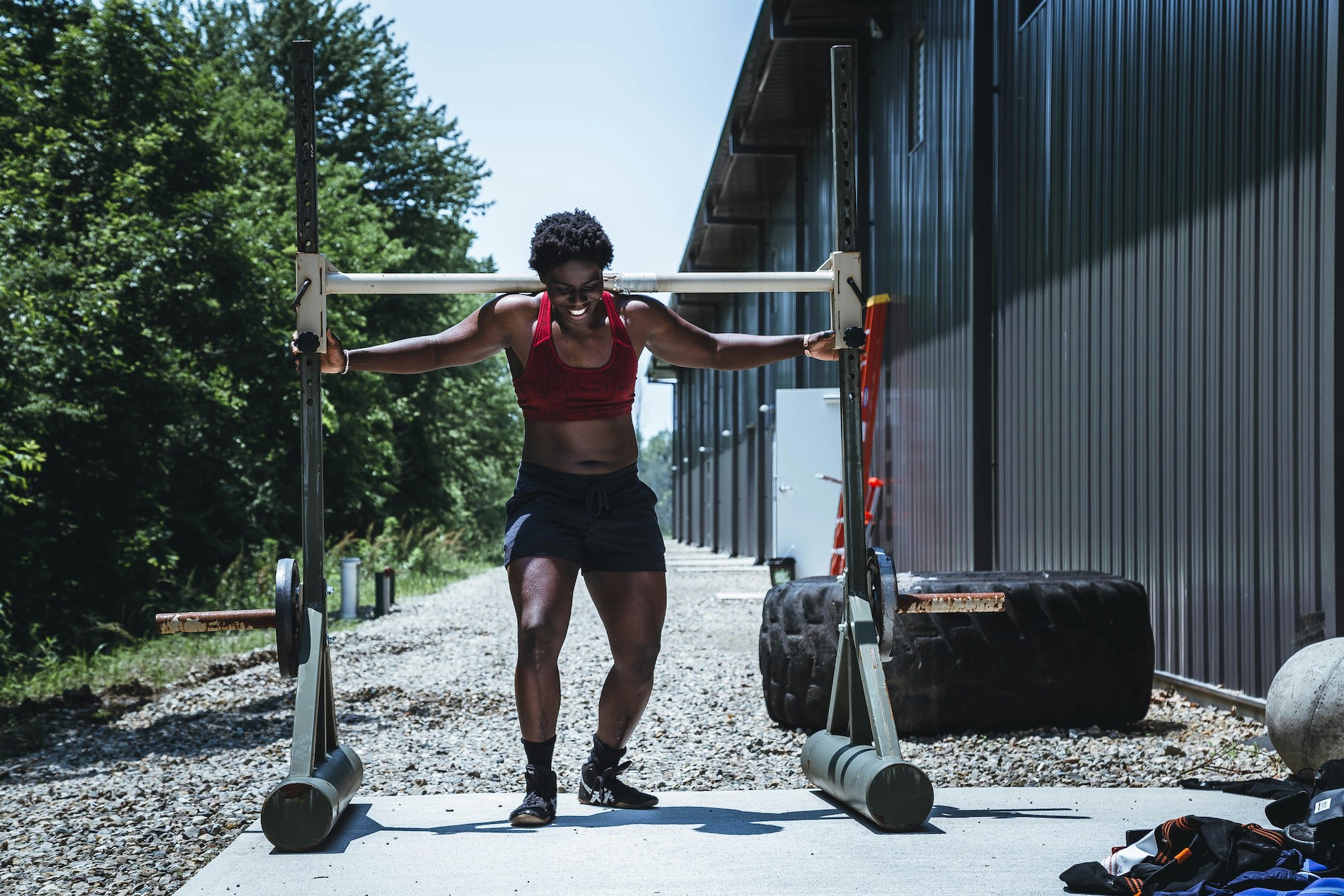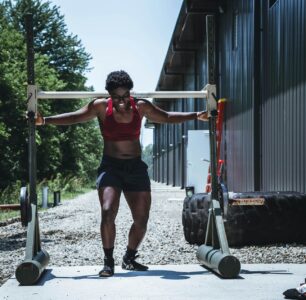Welcome to your ultimate guide to strength and conditioning exercises. This comprehensive resource is designed to explore the various categories of exercises that enhance physical performance, build strength, and improve conditioning. Whether you’re a fitness enthusiast, a professional athlete, or somewhere in between, understanding these exercise categories and their benefits can help you create an effective training regimen tailored to your goals.
Importance of Strength and Conditioning for Rugby Players
Rugby is a demanding sport that requires a high level of physical fitness, strength, and endurance. Strength and conditioning programs are essential for rugby players to enhance their performance on the field and reduce the risk of injury. These training regimes are specifically tailored to meet the unique physical demands of rugby, encompassing both the explosive power needed for tackling and sprinting, and the endurance necessary for sustained effort throughout a match.
Key Benefits of Strength and Conditioning in Rugby:
1. Enhanced Physical Strength and Power Rugby players benefit from increased muscular strength and power, which are crucial for tackling, scrummaging, and breaking through defensive lines. Exercises like squats, deadlifts, and Olympic lifts are integral to building the lower body strength that players need to drive forward, while upper body strength exercises like bench presses and pull-ups improve the force and effectiveness of tackles and rucks.
2. Improved Speed and Agility Speed and agility are vital for rugby players, allowing them to dodge opponents and make effective sprints down the field. Agility training, combined with sprint drills, enhances a player’s ability to change direction quickly and accelerate or decelerate effectively, crucial skills during open play.
3. Increased Endurance and Stamina Rugby matches consist of two 40-minute halves requiring players to perform at high intensity throughout. Endurance training, such as long-distance running or circuit training, improves cardiovascular and muscular stamina, ensuring players can maintain peak performance for the entire game.
4. Injury Prevention Strength and conditioning programs also play a crucial role in injury prevention. By strengthening muscles and joints and improving flexibility and balance, players can better withstand the physical impacts and stresses of the game. Specific exercises can also target areas most vulnerable to injury in rugby, such as the neck, shoulders, and knees.
5. Faster Recovery Strong, well-conditioned muscles recover more quickly from the rigors of a rugby match. Conditioning work can help to flush out lactic acid and speed up muscle repair. Recovery techniques, integrated into training sessions, ensure players can train and play more effectively and with less risk of fatigue-related injuries.
6. Enhanced Game-Specific Skills Finally, many strength and conditioning drills can be tailored to mimic the specific movements and scenarios encountered in a rugby game, such as pushing against resistance similar to a scrum or sprinting with sudden stops as seen during gameplay. This specificity helps improve the overall skill set of the players, making them more effective during competition.
Categories of Strength and Conditioning Exercises
1. Plyometrics
Plyometrics, also known as “jump training” or “plyos,” are exercises designed to increase speed and power. These movements involve explosive, fast-acting exercises that stimulate the stretch reflex in muscles, enhancing the output of muscle power. Typical examples include jump squats, box jumps, and burpees.

Benefits:
- Increases muscular power
- Improves speed and agility
- Enhances neuromuscular coordination
- Boosts cardiovascular endurance
2. Free Weights
Free weights exercises involve the use of equipment like dumbbells, barbells, and kettlebells. These exercises are highly effective in building strength and muscle mass because they require the body to engage multiple muscle groups to stabilize the weight.
Benefits:
- Builds overall muscle strength
- Enhances muscle coordination and balance
- Increases bone density
- Improves metabolic rate for fat loss

3. Olympic Lifts
Olympic lifting focuses on performing two primary lifts: the snatch and the clean and jerk. These exercises are complex and require precise technique but are excellent for developing strength, power, and athletic performance.
Benefits:
- Develops explosive power and speed
- Increases muscular coordination and agility
- Strengthens the entire body
- Improves body composition
4. Bodyweight Training
Bodyweight training uses the individual’s own weight to provide resistance against gravity. Exercises like push-ups, pull-ups, and lunges are versatile and can be performed anywhere, making them ideal for those new to fitness or without access to gym equipment.
Benefits:
- Enhances functional strength and flexibility
- Improves muscle endurance
- Increases core strength
- Reduces injury risk by improving movement mechanics
5. Circuit Training
Circuit training involves a series of exercises performed one after the other with minimal rest between each. This type of training is excellent for building strength and stamina while also providing cardiovascular benefits.
Benefits:
- Maximizes workout efficiency
- Burns high amounts of calories
- Increases muscular and cardiovascular endurance
- Enhances muscle tone and body composition

6. Resistance Machines
Resistance machines are devices that provide a fixed or adjustable amount of resistance to a movement. These machines help target specific muscle groups and are often used for both rehabilitation and strength training.
Benefits:
- Ideal for beginners to learn correct movement patterns
- Useful for targeted muscle training
- Provides steady and safe resistance
- Helps maintain training with injuries
7. Sprint Training
Sprint training is focused on developing speed and explosive power through short, intense bursts of running. These exercises are crucial for athletes in sports like track and field, football, and basketball, where rapid acceleration and speed are paramount.
Benefits:
- Increases sprint speed and acceleration
- Develops fast-twitch muscle fibers, enhancing explosive power
- Improves metabolic efficiency
- Enhances the cardiovascular system through high-intensity effort

8. Agility Training
Agility training involves dynamic exercises that improve the ability to change direction quickly and efficiently while maintaining control. Ladder drills, cone drills, and shuttle runs are common agility training exercises. This form of training is beneficial for virtually all athletes as it enhances overall athleticism and performance.
Benefits:
- Improves neuromuscular adaptation and coordination
- Increases the ability to change direction quickly
- Enhances balance and body awareness
- Reduces injury risk by improving control over body movements
9. Endurance Training
Endurance training is designed to increase the stamina and overall cardiovascular and muscular endurance. This training category encompasses a range of activities, from long-distance running to cycling and swimming. The focus is on maintaining physical output over extended periods.
Benefits:
- Increases cardiovascular health
- Enhances respiratory efficiency
- Improves muscle endurance
- Aids in weight management by burning calories over a longer duration
- Boosts mental toughness and fortitude
Integrating Diverse Training Modalities
Integrating these diverse training modalities—sprint, agility, and endurance training—into your strength and conditioning program ensures a comprehensive approach to fitness that addresses various aspects of physical performance. Each type of training complements the others, providing a balanced regimen that can improve your overall athleticism, reduce the risk of injury, and help you achieve your fitness goals.

